 |
Elasticities of supply and demand:The Demand for Gasoline |
| << Changes in Market Equilibrium:Market for College Education |
| Consumer Behavior:Consumer Preferences, Indifference curves >> |
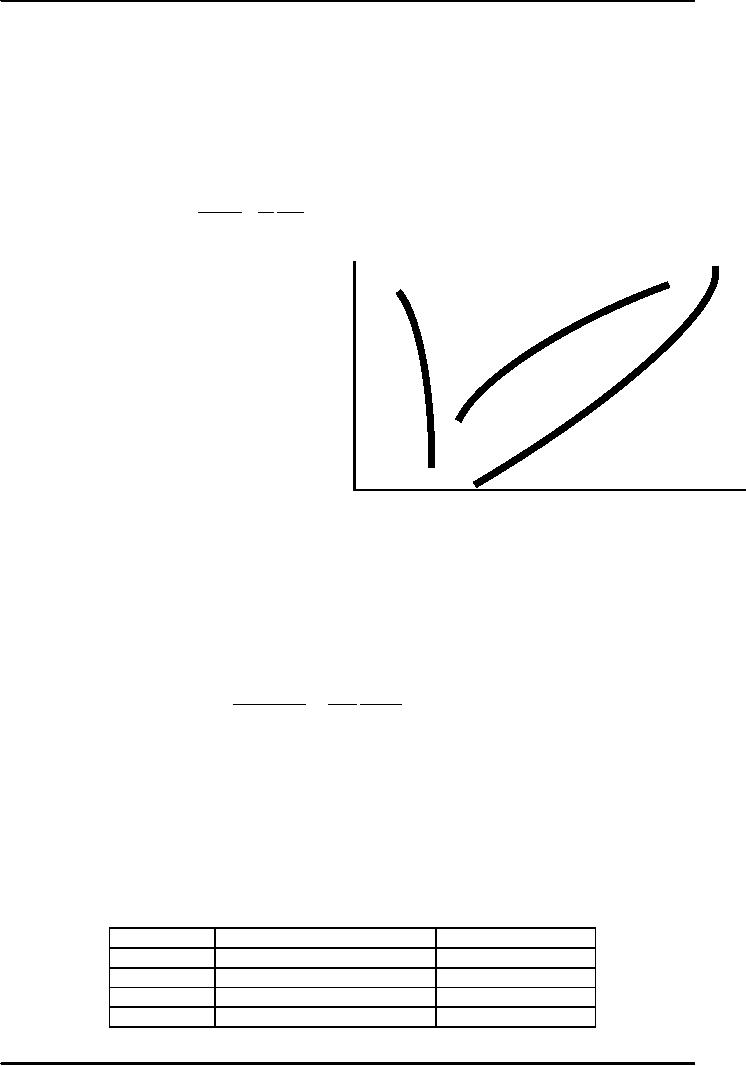
Microeconomics
ECO402
VU
LESSON
5
Elasticities
of supply and
demand
Other
Demand Elasticities
Income
elasticity of demand measures
the percentage change in
quantity
demanded
resulting from a one percent
change in income.
The
income elasticity of demand
is:
ΔQ/Q
I
ΔQ
EI =
=
ΔI/I
Q
ΔI
Income
Elasticity of Demand
Quantity
for:
Income
Elasticity
Demanded
Normal
goods
less
than 1 (but
greater
than 0)
Superior
goods
Normal
goods
Inferior
goods
Negative
Income
Income
Elasticity
Elasticity
Inferior
greater
than 1
goods
superior
goods
Money
Income
Other
Demand Elasticities
Cross
elasticity of demand measures
the percentage change in the
quantity
demanded
of one good that results
from a one percent change in
the price of
another
good.
For
example consider the
substitute goods, butter and
margarine.
The
cross elasticity of demand
is:
ΔQb/Qb
Pm ΔQb
EQbPm
=
=
ΔPm/Pm
Qb ΔPm
Cross
elasticity for substitutes is
positive
Cross
elasticity for complements is
negative
♦
Price
elasticity of supply
measures
the percentage change in
quantity supplied resulting
from a 1
percent
change in price.
The
elasticity is usually positive
because price and quantity
supplied are directly
related.
We
can refer to elasticity of
supply with respect to
interest rates, wage
rates,
and
the cost of raw
materials.
Price
($)
Quantity
Demanded
Quantity
Supplied
60
22
14
80
20
16
100
18
18
120
16
20
16
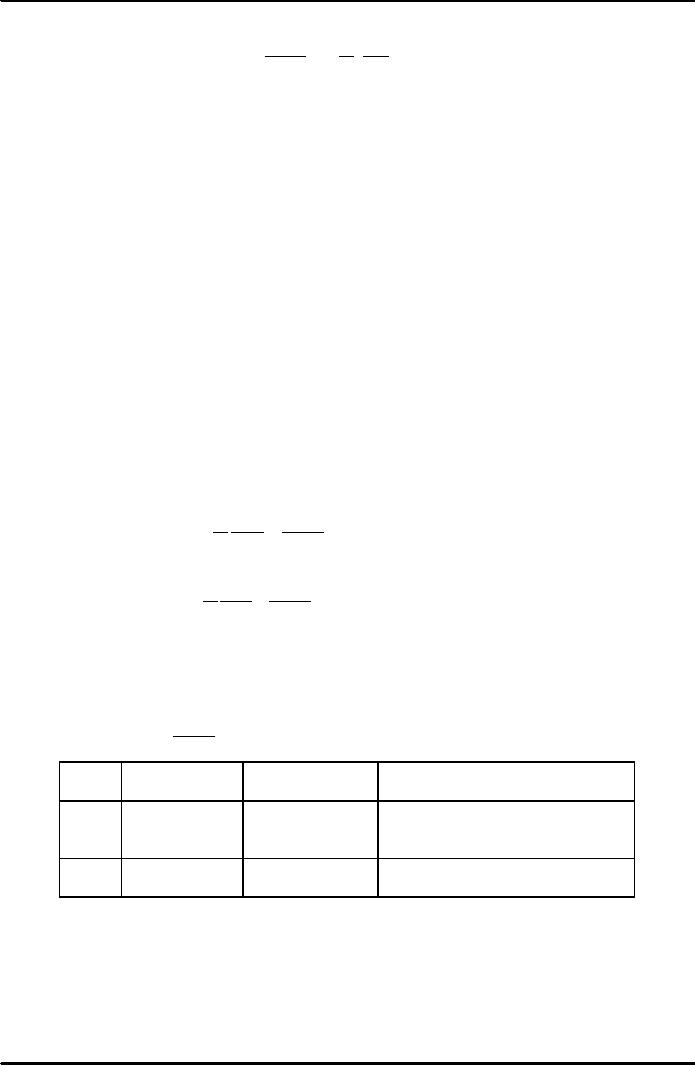
Microeconomics
ECO402
VU
Recall
ΔQ/Q
P
ΔQ
EP =
=
ΔP/P
Q
ΔP
Elasticity
of demand when price is $80
is
Ep
= 80/20 x -2/20 =
-0.40
Elasticity
of demand when price is $100
is
Ep
= 100/18 x -2/20 =
-0.56
Elasticity
of supply when price is $80
is
Ep
= 80/16 x 2/20 = 0.50
Elasticity
of supply when price is $100
is
Ep
= 100/18 x 2/20 =
0.56
The
Market for Wheat
1981
Supply Curve for
Wheat
QS =
1,800
+ 240P
1981
Demand Curve for
Wheat
QD =
3,550 -
266P
Equilibrium:
Q S = Q D
1,
800 +
240P
= 3,
550 -
266P
506P
= 1,
750
P
= 3.46
/ bushel
Q
= 1,
800 +
(240)(3.46)
=
2,
630 million bushels
P
ΔQD
3.46
EP =
=
(-2.66)
=
-.035
Inelastic
D
Q
ΔP
2,
630
P
ΔQS
3.46
EP =
=
(2.40)
=
.032
Inelastic
S
Q
ΔP
2,
630
Assume
the price of wheat is
$4.00/bushel
QD = 3,
550 -
(266)(4.00)
=
2,
486
4.00
QP =
(-266)
=
-0.43
D
2,
486
Supply
(Qs)
Demand
(Qd)
Equilibrium
Price
Qs
= Qd
1981
1800
+ 240P
3550
266P
1800
+ 240P = 3550
266P
506P
= 1750
P1981 =
$3.46 / bushel
1998
1944
+ 207P
3244
283P
1944
+207P = 3244
283P
P1998 =
$2.65 / bushel
Short-Run
Versus Long-Run
Elasticities
Price
elasticity of demand varies
with the amount of time
consumers have to
respond
to
a price.
Most
goods and services:
Short-run
elasticity is less than
long-run elasticity. (e.g.
gasoline, Drs.)
Other
Goods (durables):
Short-run
elasticity is greater than
long-run elasticity (e.g.
automobiles)
17
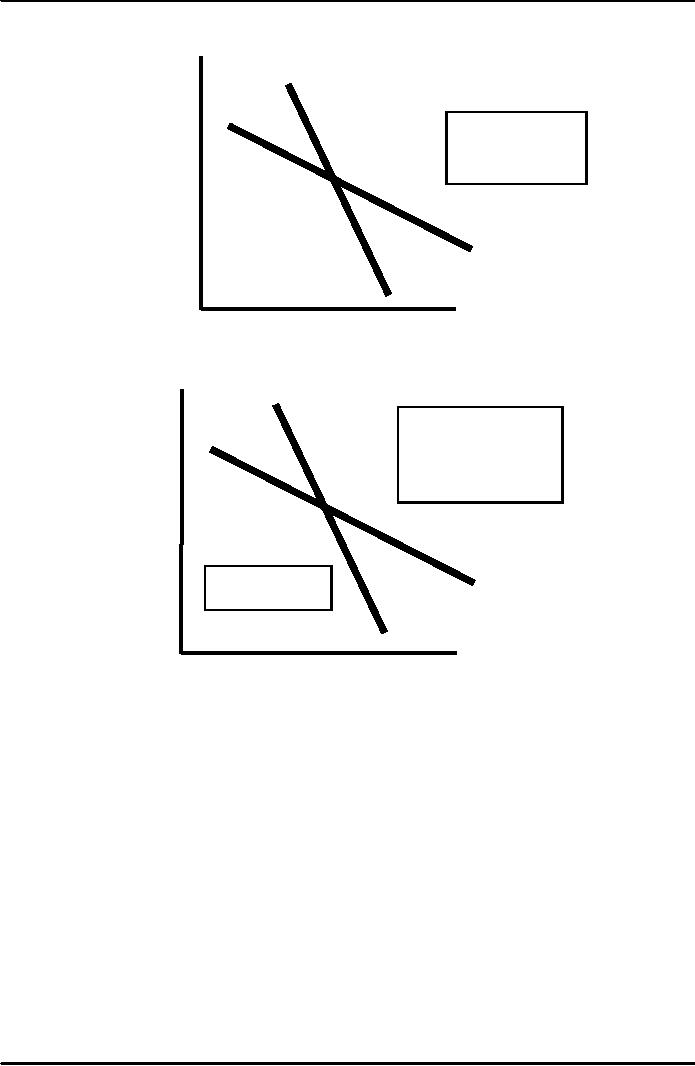
Microeconomics
ECO402
VU
Gasoline:
Short-Run and Long-Run
Demand Curves
DSR
Price
People
tend to
drive
smaller and
more
fuel efficient
cars
in the long-run
Gasoline
DLR
Quantity
Automobiles:
Short-Run and Long-Run
Demand Curves
DLR
Price
People
may put off
immediate
consumption,
but
eventually older cars
must
be replaced.
Automobiles
DSR
Quantity
Income
elasticity also varies with
the amount of time consumers
have to respond to an
income
change.
Most
goods and services:
Income
elasticity is greater in the
long-run than in the short
run.
Higher
incomes may be converted
into bigger cars so the
income
elasticity
of demand for gasoline
increases with time.
Other
Goods (durables):
Income
elasticity is less in the
long-run than in the
short-run.
Originally,
consumers will want to hold
more cars.
Later,
purchases will only to be to
replace old cars.
Gasoline
and Automobiles are
complementary goods.
Gasoline
The
long-run price and income
elasticities are larger than
the short-run
elasticities.
Automobiles
The
long-run price and income
elasticities are smaller
than the short-run
elasticities.
18
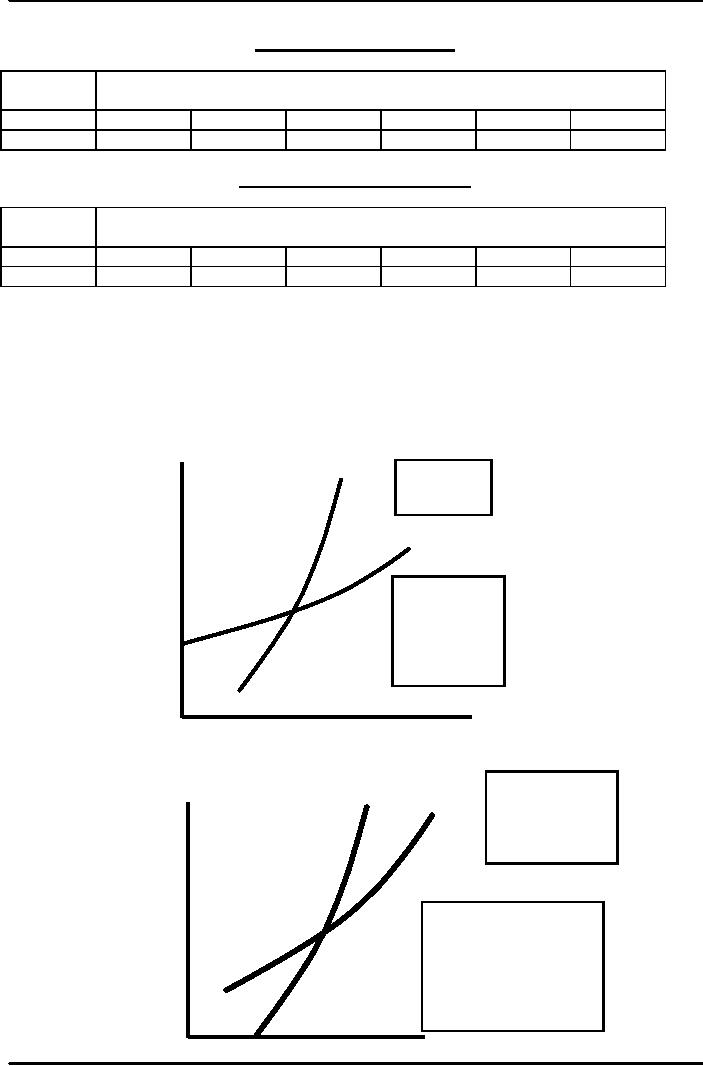
Microeconomics
ECO402
VU
The
Demand for
Gasoline
Years
Following price or income
change
Elasticity
1
2
3
4
5
6
Price
-0.11
-0.22
-0.32
-0.49
-0.82
-1.17
Income
0.07
0.13
0.20
0.32
0.54
0.78
The
Demand for
Automobiles
Years
Following price or income
change
Elasticity
1
2
3
4
5
6
Price
-1.20
-0.93
-0.75
-0.55
-0.42
-0.40
Income
3.00
2.33
1.88
1.38
1.02
1.00
Supply
Most
goods and services:
�
Long-run
price elasticity of supply is
greater than short-run
price
elasticity
of supply.
Other
Goods (durables,
recyclables):
�
Long-run
price elasticity of supply is
less than short-run price
elasticity of
supply
SSR
Price
Primary
Copper:
Short-Run
and
Long-Run
Supply
Curves
SLR
Due
to limited
capacity,
firms are
limited
by output
constraints
in the
short-run.
In the
long-run,
they can
expand.
Quantity
Secondary
SL
SS
Copper:
Short-Run
Pric
and
Long-Run
Supply
Curves
Price
increases
provide
an incentive
to
convert scrap
copper
into new supply.
In
the long-run, this
stock
of scrap copper
begins
to fall.
Quantity
19
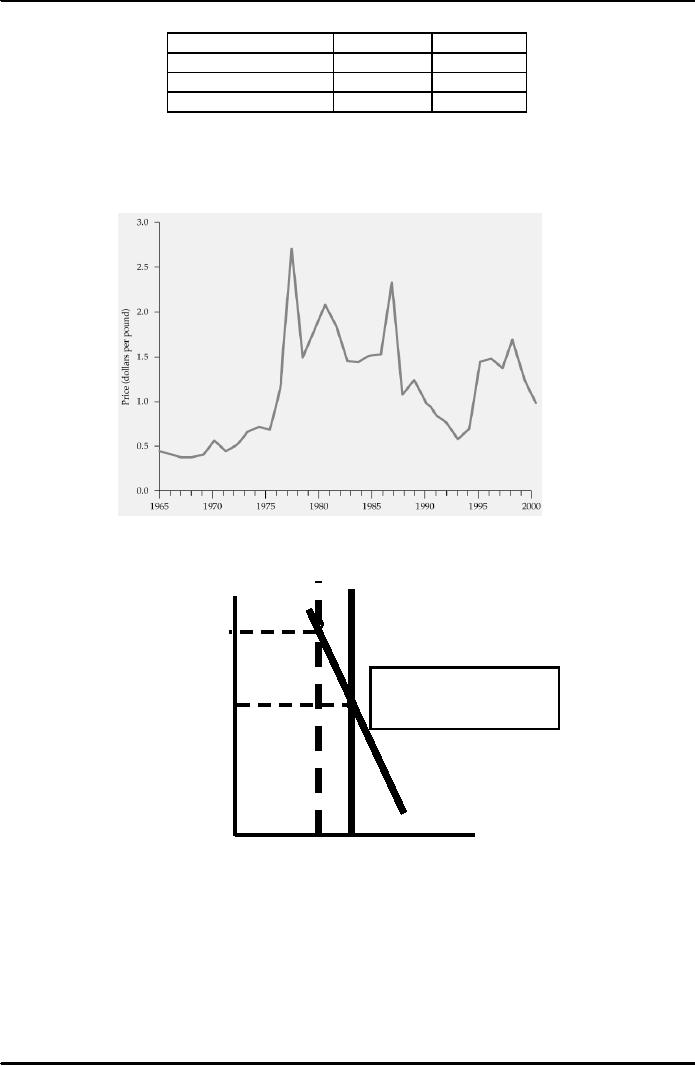
Microeconomics
ECO402
VU
Supply
of Copper
Price
Elasticity of:
Short
Run
Long
run
Primary
Supply
0.20
1.60
Secondary
Supply
0.43
0.31
Total
Supply
0.25
1.50
Weather
in Brazil and the price of
Coffee in New
York
Elasticity
explains why coffee prices
are very volatile.
Due to
the differences in supply
elasticity in the long-run
and short run.
S'
S
A
freeze or drought
Price
decreases
the
Coffee
supply
P1
Short-Run
1)
Supply is completely
inelastic
P0
2)
Demand is relatively
inelastic
3)
Very large change in
price
D
Quantity
Q1
Q0
20
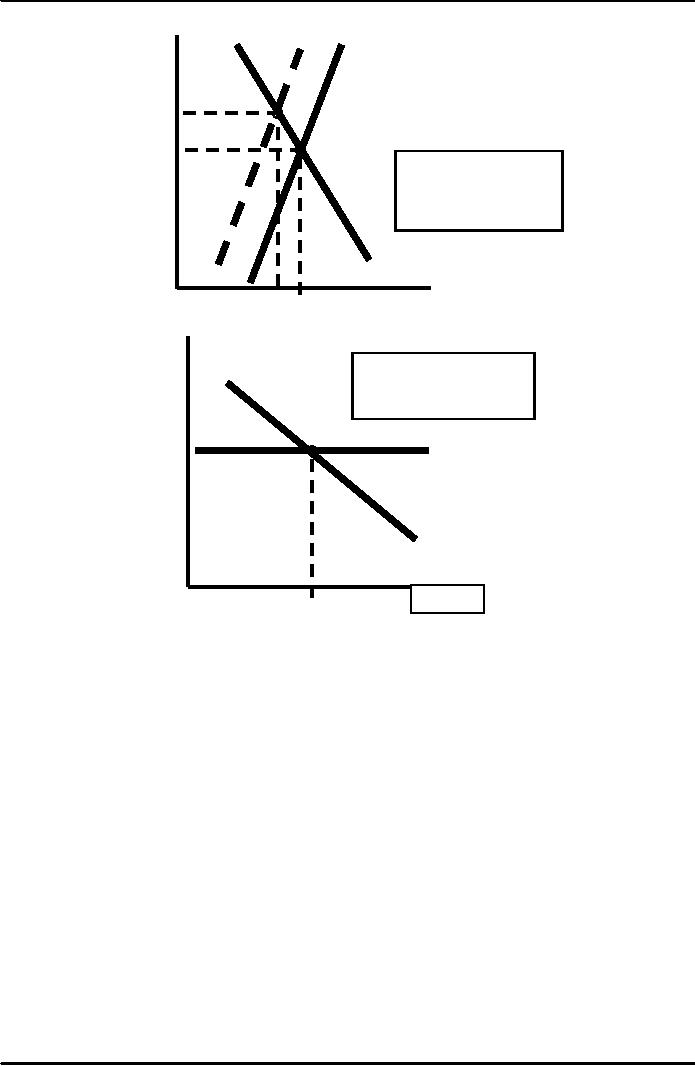
Microeconomics
ECO402
VU
S
S'
Price
P2
P0
Intermediate-Run
1)
Supply and demand
are
more
elastic
2)
Price falls back to
P2.
3)
Quantity falls to Q2
D
Quantity
Q2 Q0
Price
Long-Run
1
Supply is extremely
elastic.
2)
Price falls back to
P0.
3)
Quantity increase to Q0.
S
P0
D
Quantity
Q0
21
Table of Contents:
- ECONOMICS:Themes of Microeconomics, Theories and Models
- Economics: Another Perspective, Factors of Production
- REAL VERSUS NOMINAL PRICES:SUPPLY AND DEMAND, The Demand Curve
- Changes in Market Equilibrium:Market for College Education
- Elasticities of supply and demand:The Demand for Gasoline
- Consumer Behavior:Consumer Preferences, Indifference curves
- CONSUMER PREFERENCES:Budget Constraints, Consumer Choice
- Note it is repeated:Consumer Preferences, Revealed Preferences
- MARGINAL UTILITY AND CONSUMER CHOICE:COST-OF-LIVING INDEXES
- Review of Consumer Equilibrium:INDIVIDUAL DEMAND, An Inferior Good
- Income & Substitution Effects:Determining the Market Demand Curve
- The Aggregate Demand For Wheat:NETWORK EXTERNALITIES
- Describing Risk:Unequal Probability Outcomes
- PREFERENCES TOWARD RISK:Risk Premium, Indifference Curve
- PREFERENCES TOWARD RISK:Reducing Risk, The Demand for Risky Assets
- The Technology of Production:Production Function for Food
- Production with Two Variable Inputs:Returns to Scale
- Measuring Cost: Which Costs Matter?:Cost in the Short Run
- A Firm’s Short-Run Costs ($):The Effect of Effluent Fees on Firms’ Input Choices
- Cost in the Long Run:Long-Run Cost with Economies & Diseconomies of Scale
- Production with Two Outputs--Economies of Scope:Cubic Cost Function
- Perfectly Competitive Markets:Choosing Output in Short Run
- A Competitive Firm Incurring Losses:Industry Supply in Short Run
- Elasticity of Market Supply:Producer Surplus for a Market
- Elasticity of Market Supply:Long-Run Competitive Equilibrium
- Elasticity of Market Supply:The Industry’s Long-Run Supply Curve
- Elasticity of Market Supply:Welfare loss if price is held below market-clearing level
- Price Supports:Supply Restrictions, Import Quotas and Tariffs
- The Sugar Quota:The Impact of a Tax or Subsidy, Subsidy
- Perfect Competition:Total, Marginal, and Average Revenue
- Perfect Competition:Effect of Excise Tax on Monopolist
- Monopoly:Elasticity of Demand and Price Markup, Sources of Monopoly Power
- The Social Costs of Monopoly Power:Price Regulation, Monopsony
- Monopsony Power:Pricing With Market Power, Capturing Consumer Surplus
- Monopsony Power:THE ECONOMICS OF COUPONS AND REBATES
- Airline Fares:Elasticities of Demand for Air Travel, The Two-Part Tariff
- Bundling:Consumption Decisions When Products are Bundled
- Bundling:Mixed Versus Pure Bundling, Effects of Advertising
- MONOPOLISTIC COMPETITION:Monopolistic Competition in the Market for Colas and Coffee
- OLIGOPOLY:Duopoly Example, Price Competition
- Competition Versus Collusion:The Prisoners’ Dilemma, Implications of the Prisoners
- COMPETITIVE FACTOR MARKETS:Marginal Revenue Product
- Competitive Factor Markets:The Demand for Jet Fuel
- Equilibrium in a Competitive Factor Market:Labor Market Equilibrium
- Factor Markets with Monopoly Power:Monopoly Power of Sellers of Labor